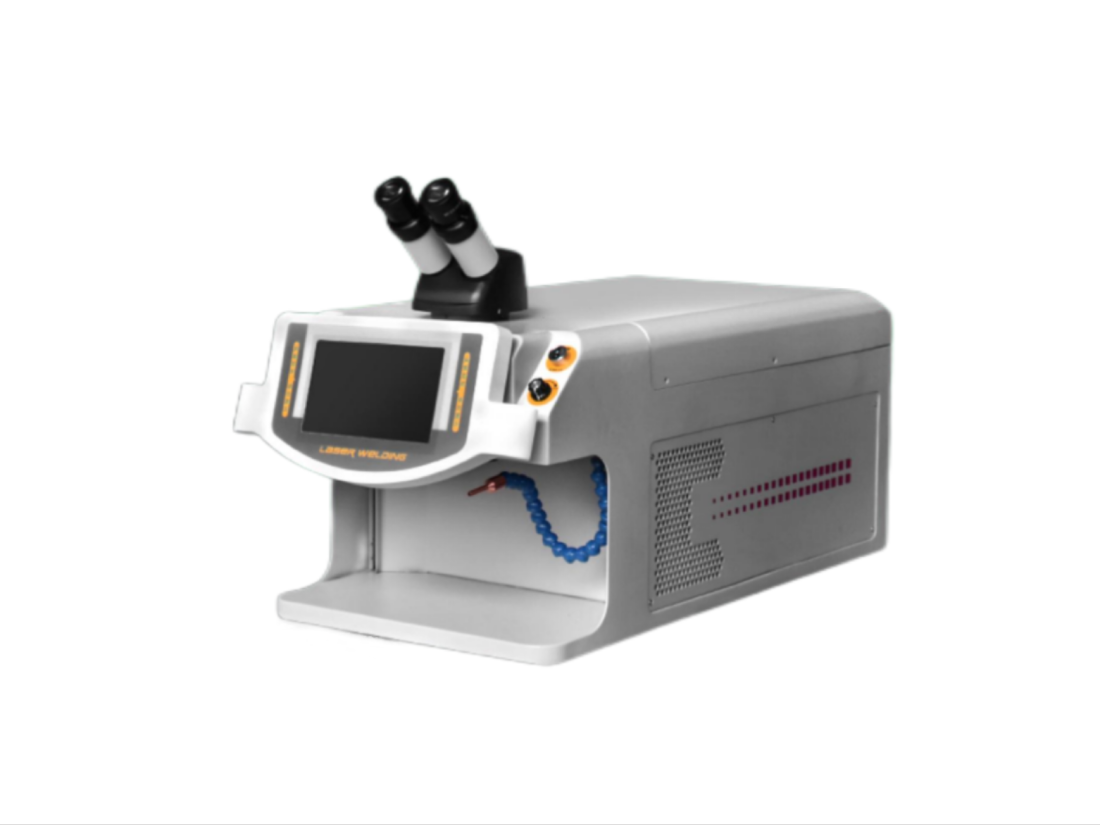- No.609, Centre Of Huijin Nanxiang, Yinxiang Road, Nanxiang Town, Jiading District, Shanghai, China
- sherry@sanmachines.com
- +86-18616767021
Different types of laser marking processes!
Laser marking is the process of creating marks using lasers by cutting the surface of the workpiece at a shallow depth or by inducing chemical changes through burning, melting, ablation, polymerization, and so forth. Like laser cutting and laser drilling, laser marking can be a non-contact process. Issues of tool wear and unwanted work hardening on the surface of the workpiece are eliminated. Moreover, laser marking does not use inks, an advantage over traditional printing. Different types of laser marking processes are summarized below.

Surface Removal
This process involves removing specific regions of the coating layer previously applied on the surface of the workpiece. The workpiece has a different contrast from the coating which makes the regions removed significantly visible. Materials for this type of laser marking are special films and coated metals.
Engraving
This is a laser marking where the surface is cut at the desired depth. The cut is usually made by the laser vaporization process. The main advantage of this method is that it can be done at high speeds.
Thermal Bonding
This is done by fusing additional pigmented materials such as glass powders or crushed metal oxides on the surface of the workpiece. The heat applied by the laser fuses the materials.
Annealing
This process involves heating specific regions using a laser. The heat applied by the laser causes the metal to oxidize producing different colors such as black, yellow, red, and green.
Carbonizing
In this process, plastic bonds between polymers are broken, releasing hydrogen and oxygen and producing a darker color. This process is done on plastics and organic materials.
Foaming
This is usually done on plastics where the color pigments and carbon are destroyed and vaporized resulting in foaming. The foaming process is done on dark-colored materials that need to have lighter colored markings.
Staining
This process induces chemical reactions on the surface of the workpiece where the products of the reaction have different colors.


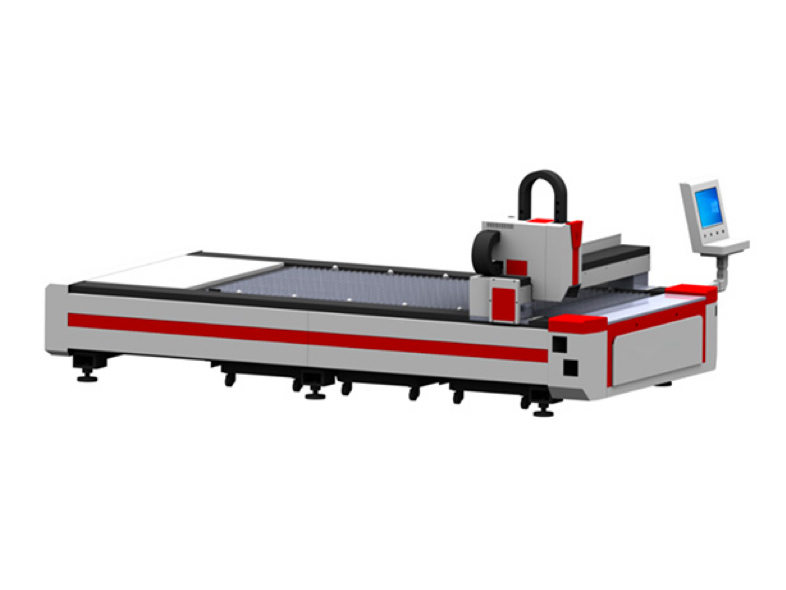
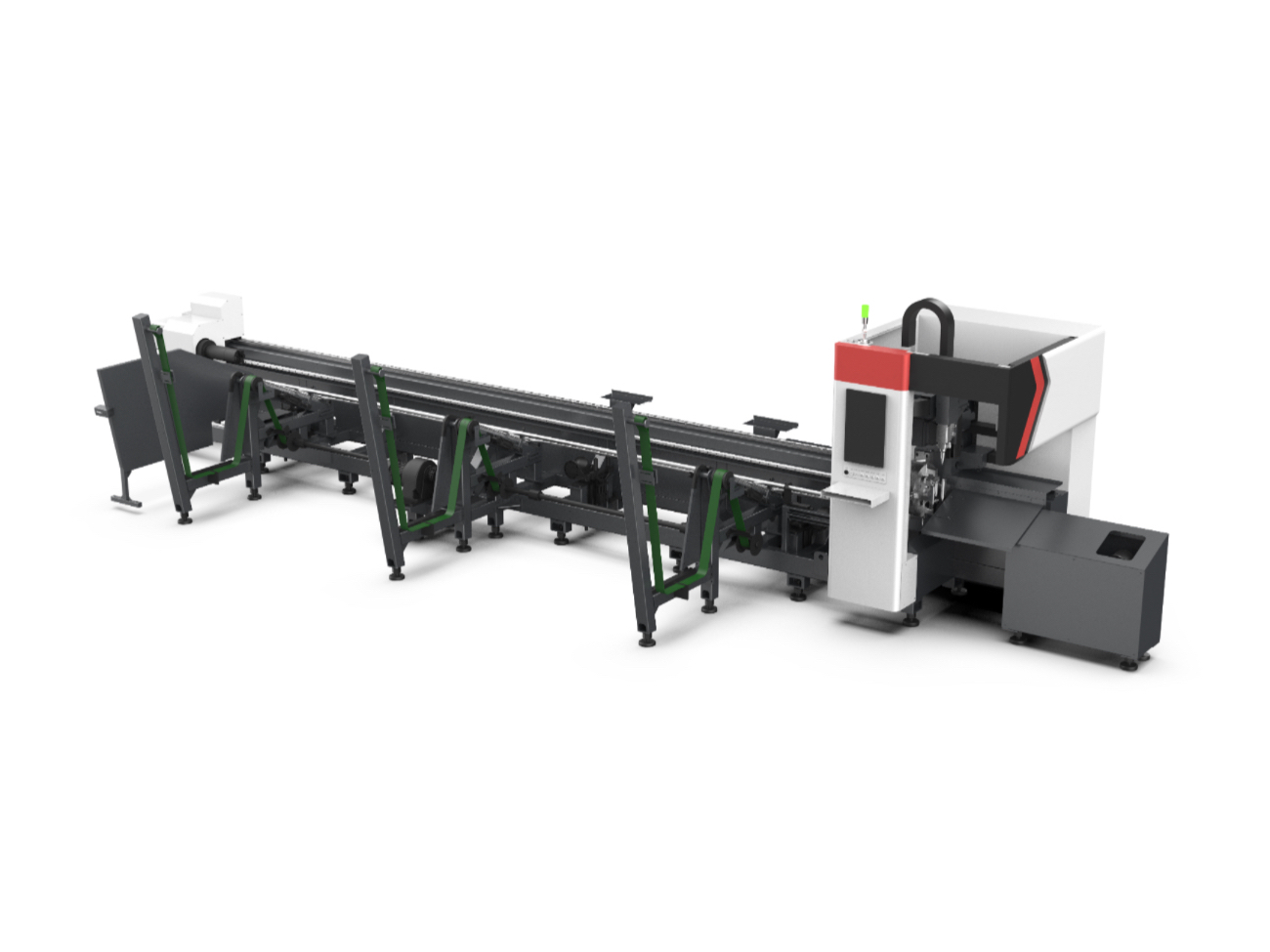
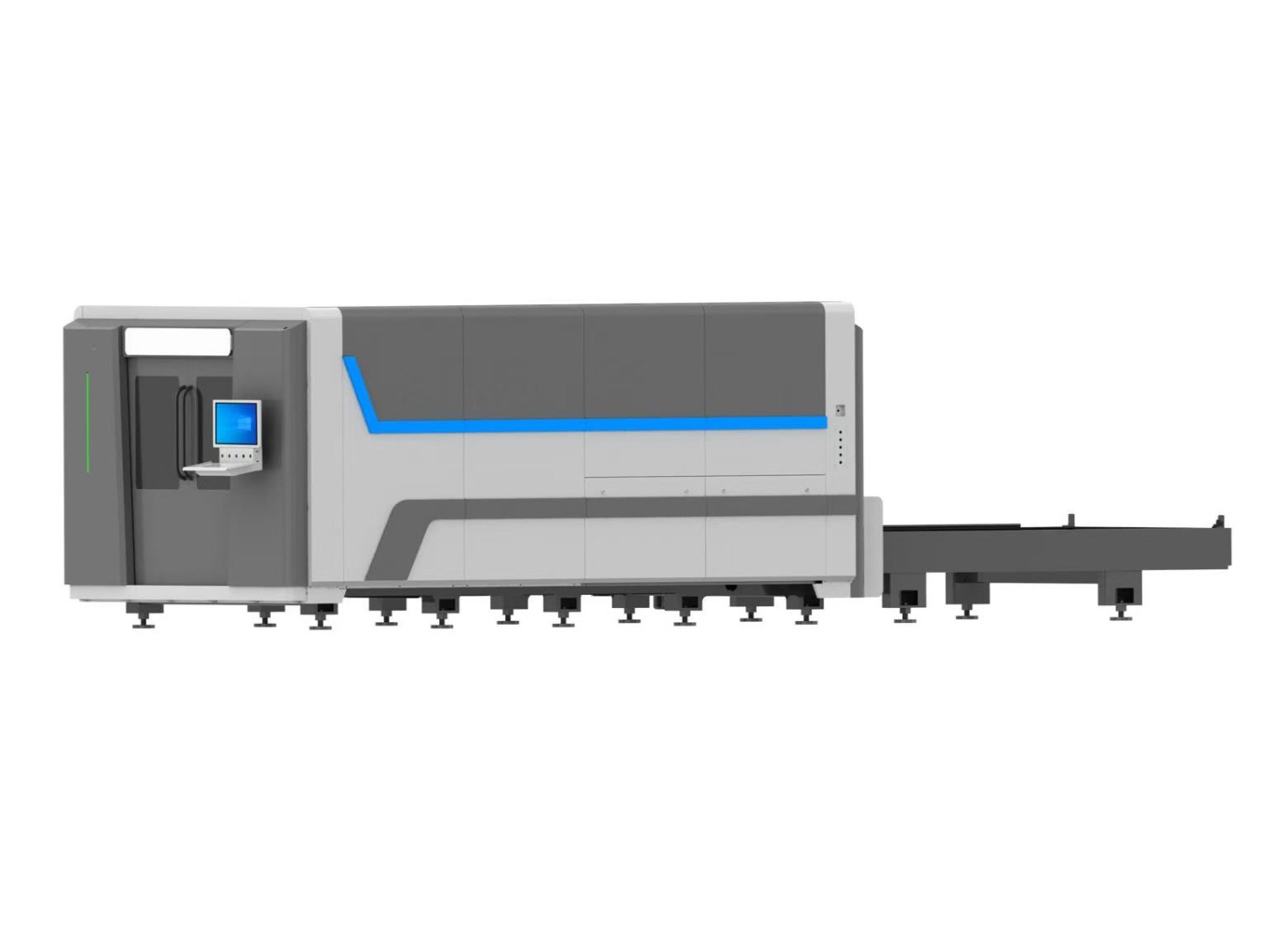
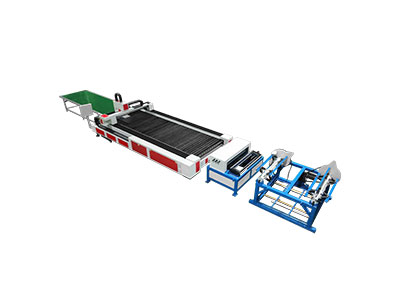
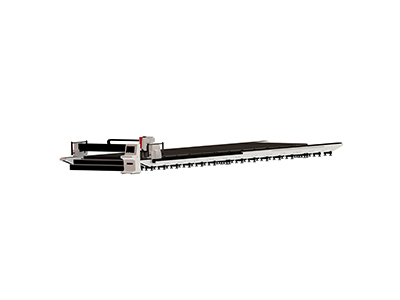
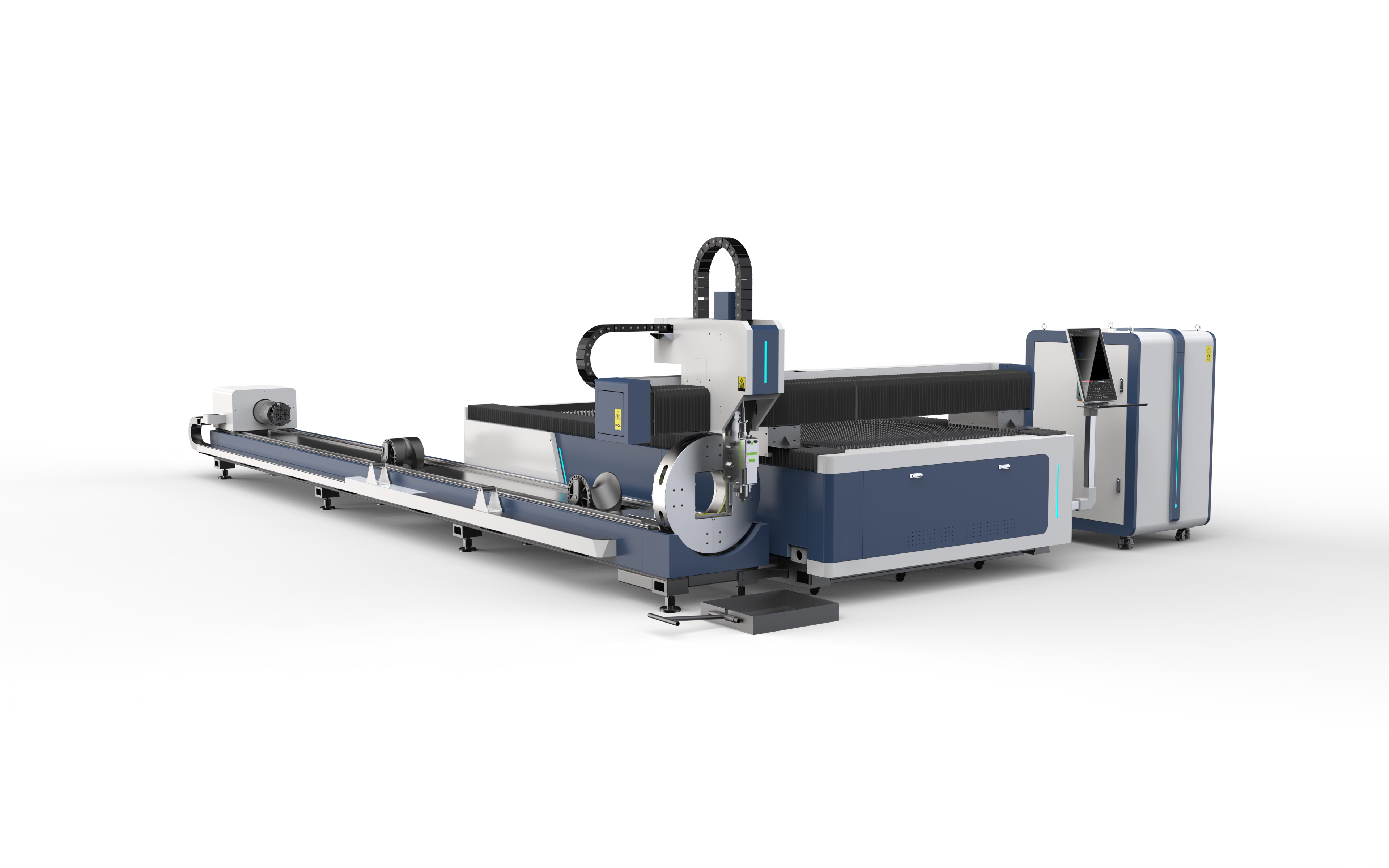
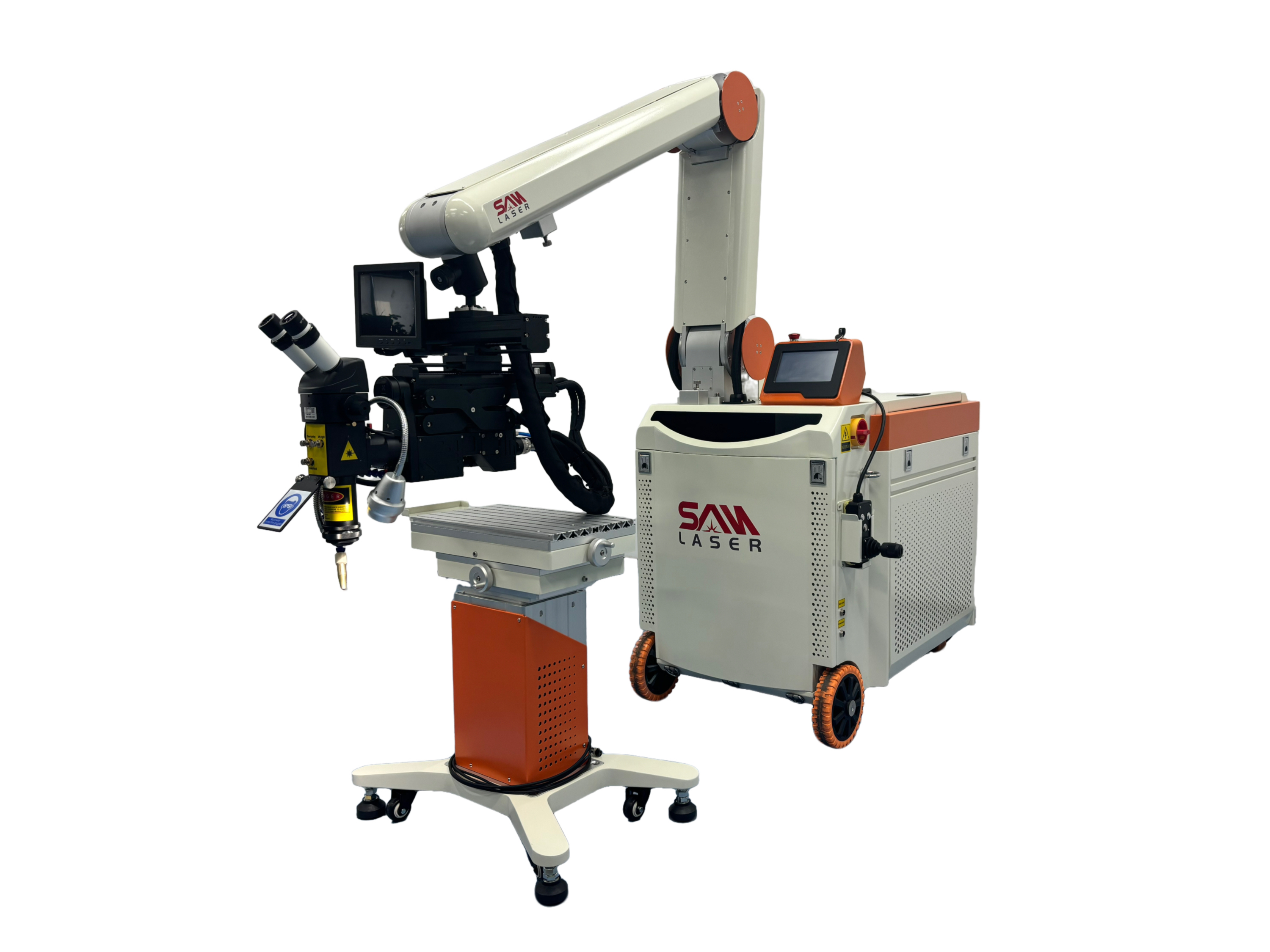
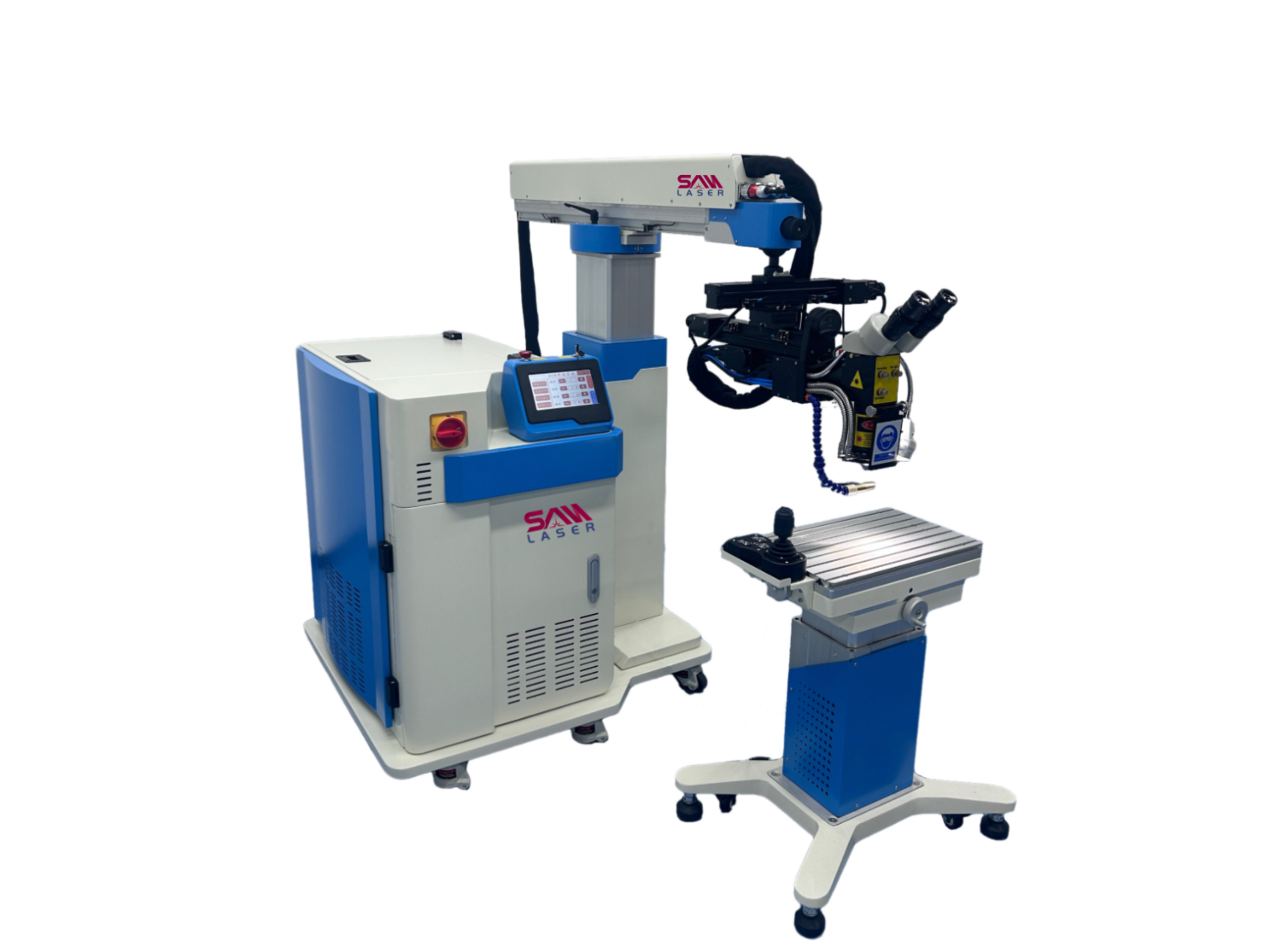
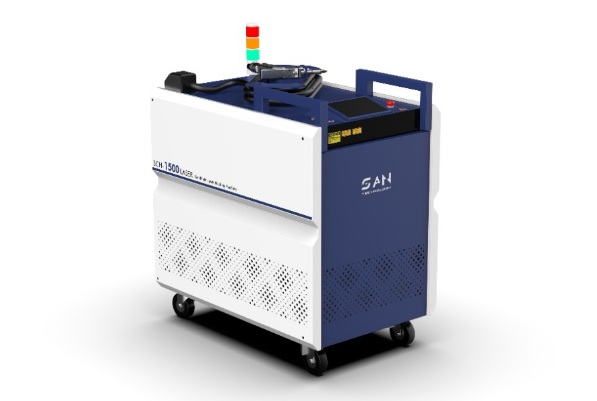
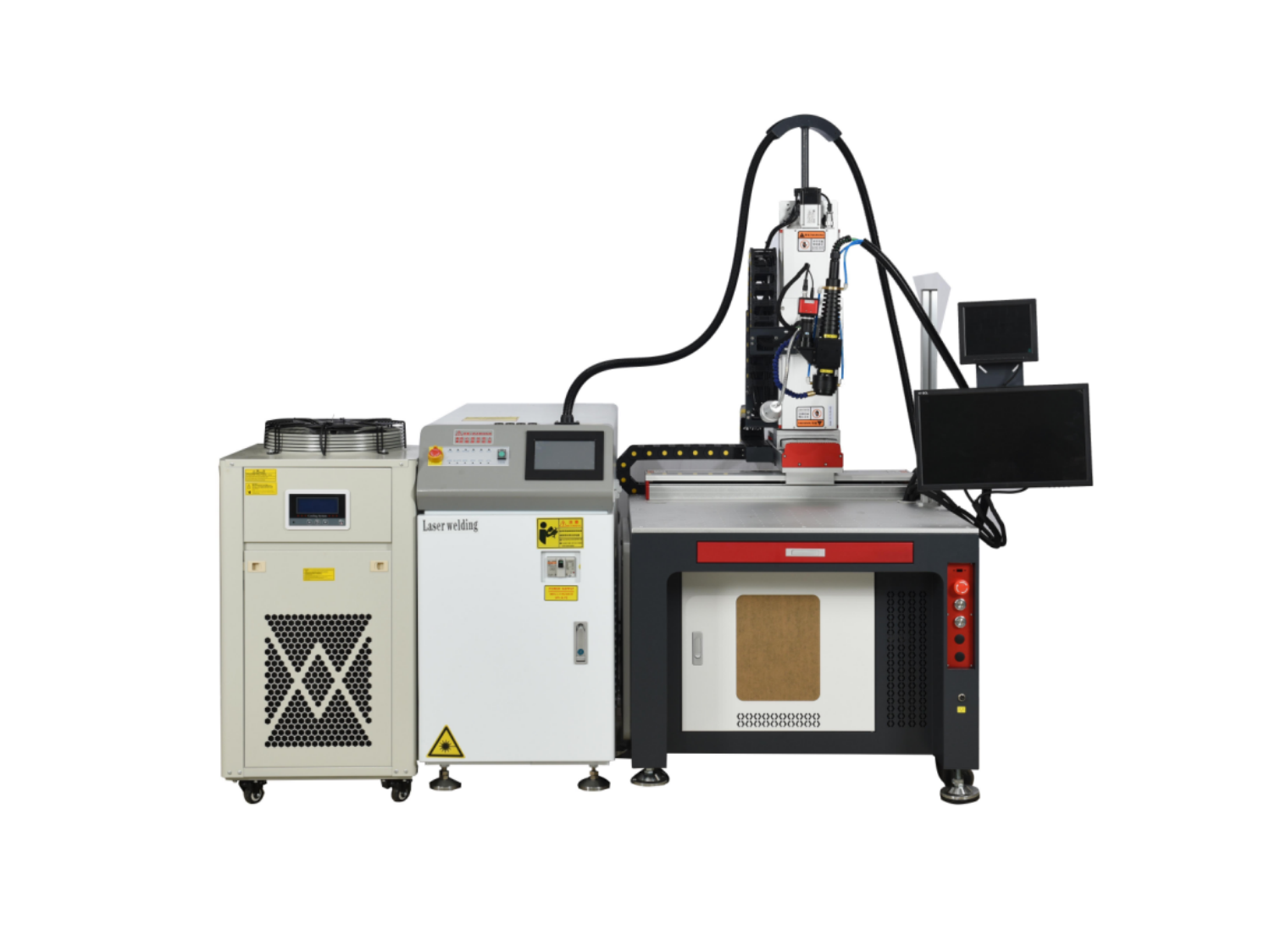
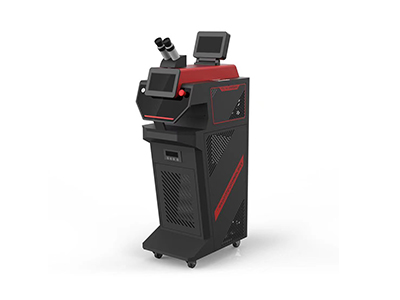
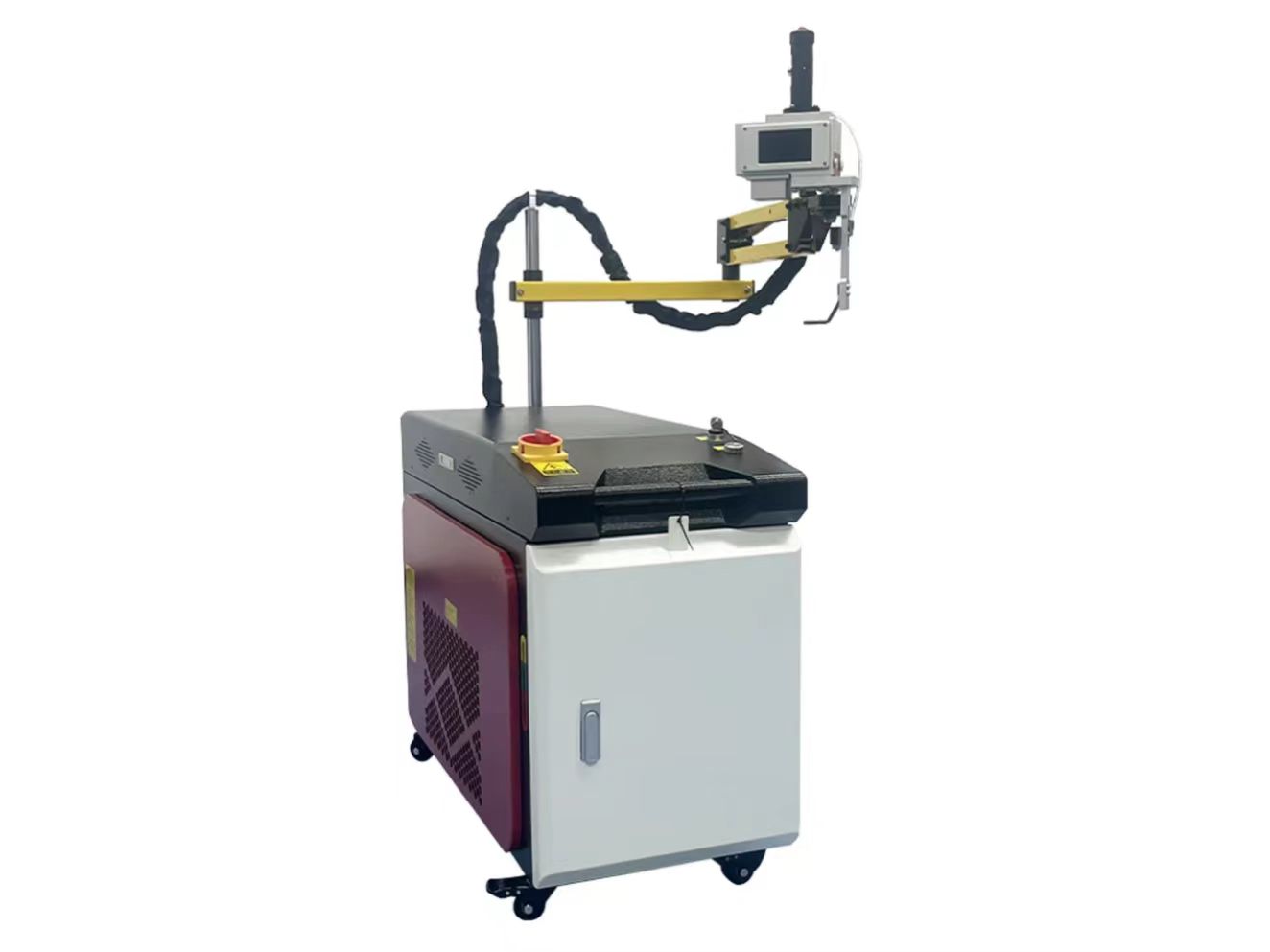
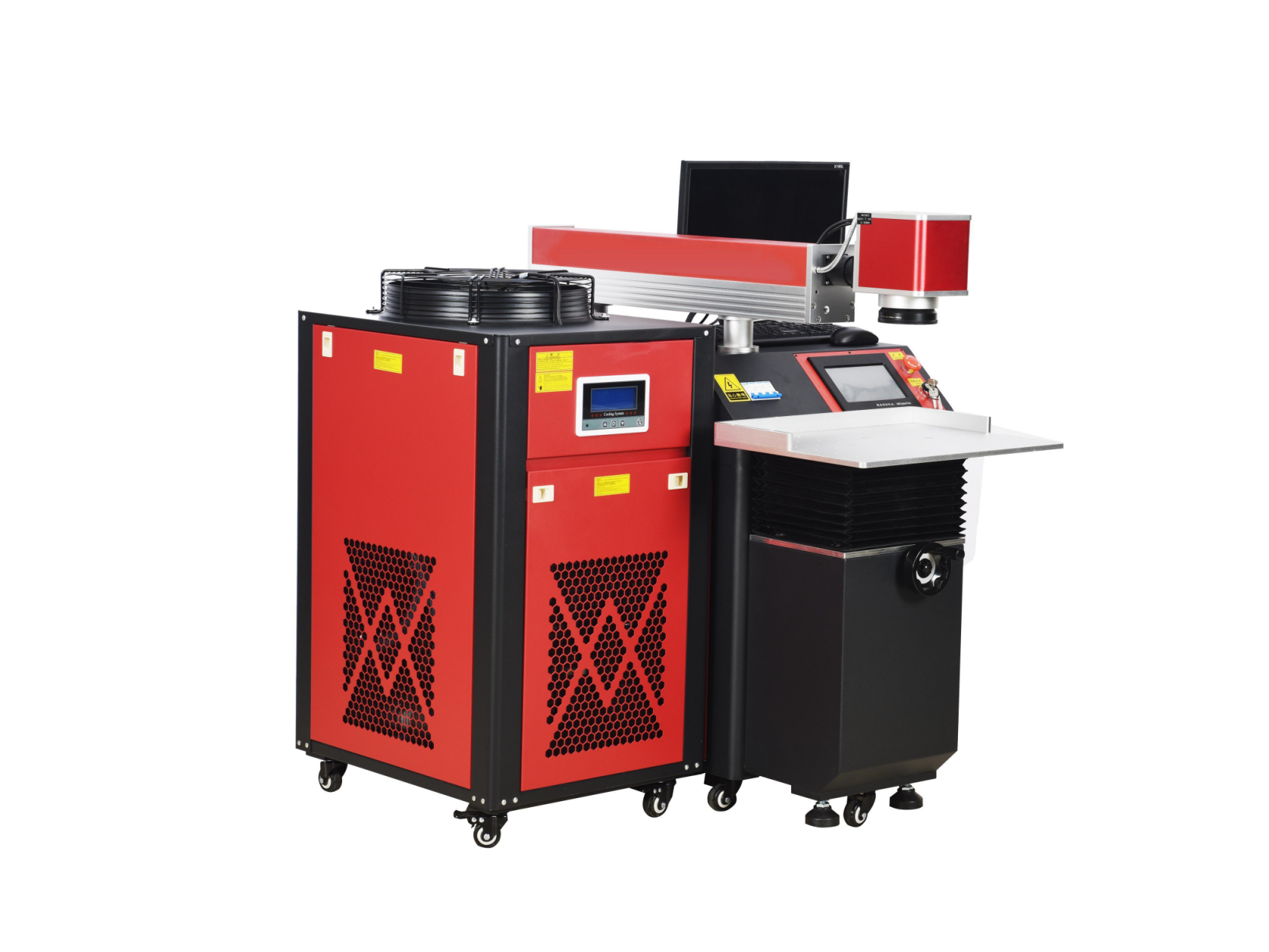
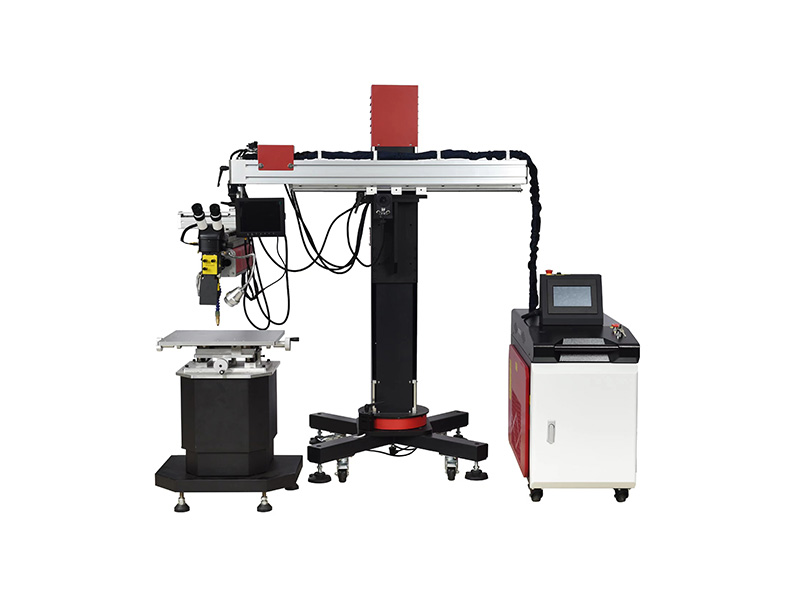
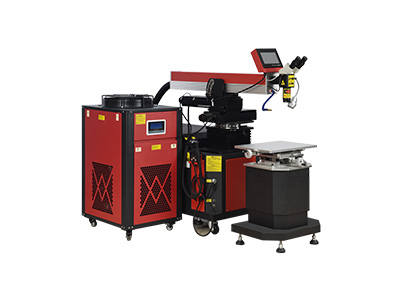
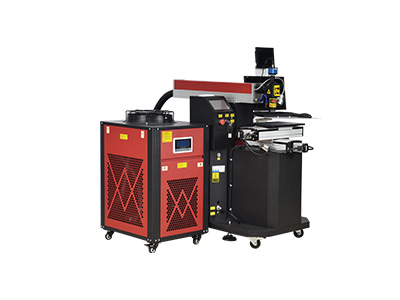
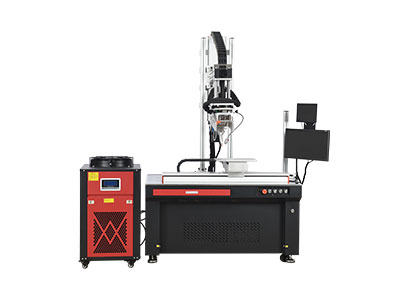
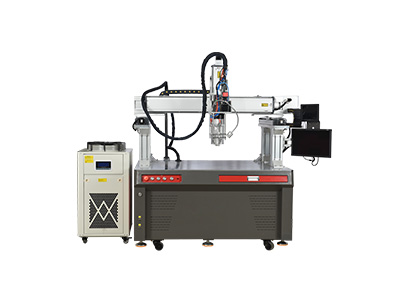
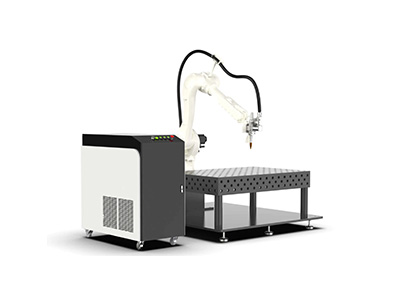
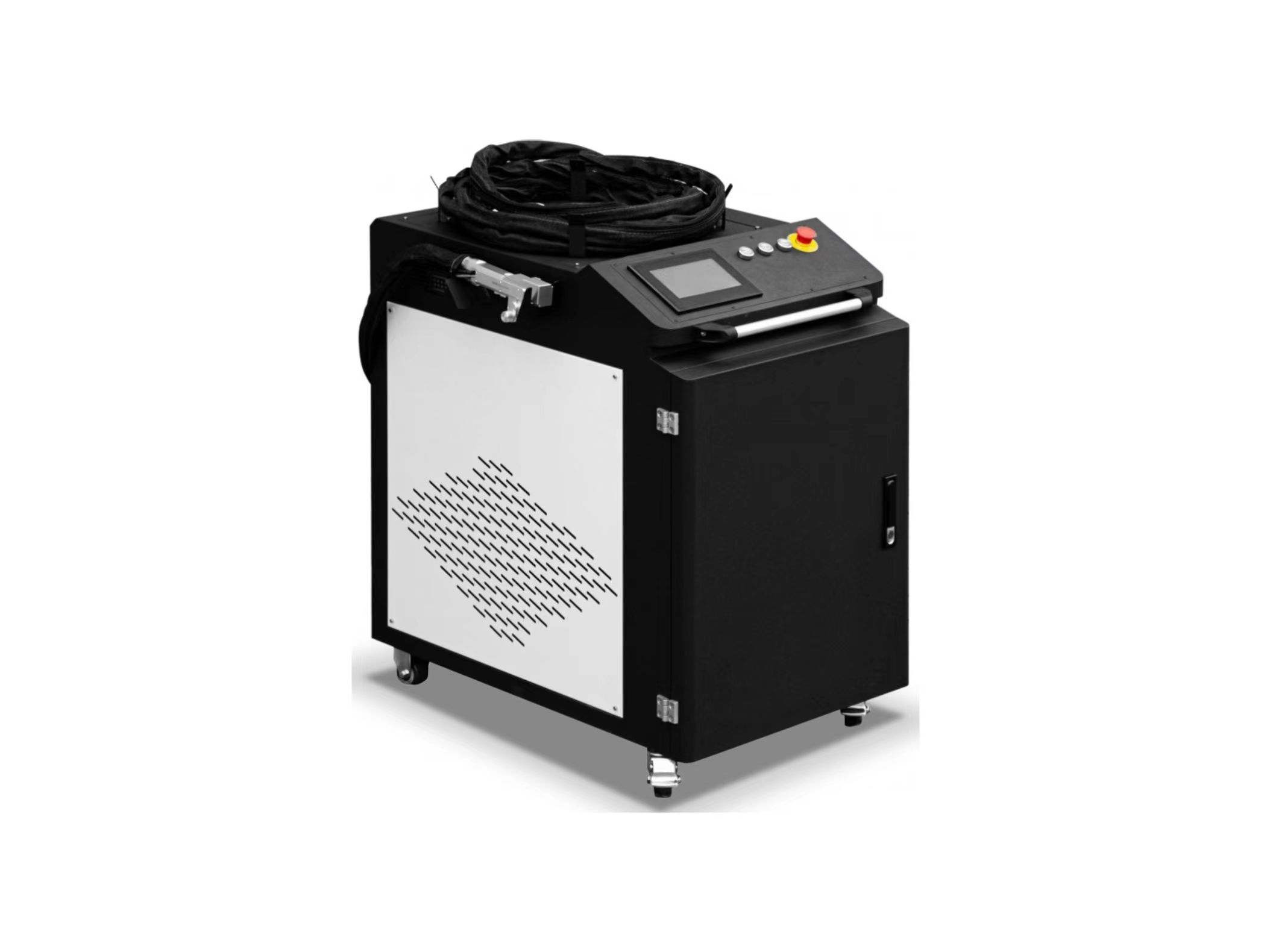
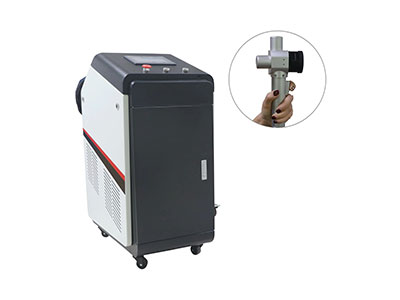
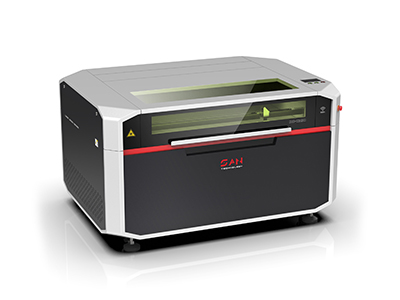
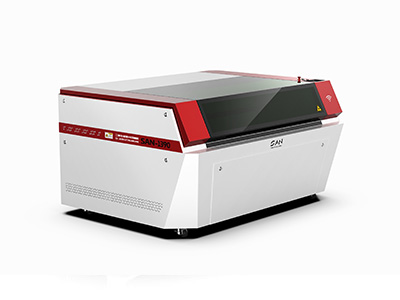
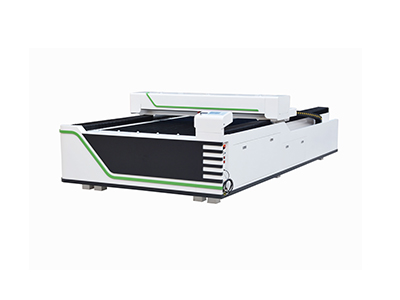
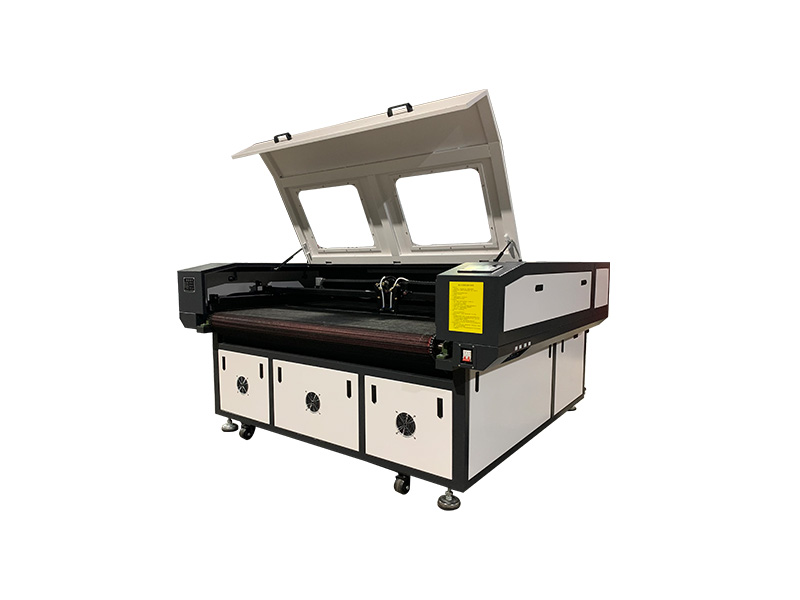
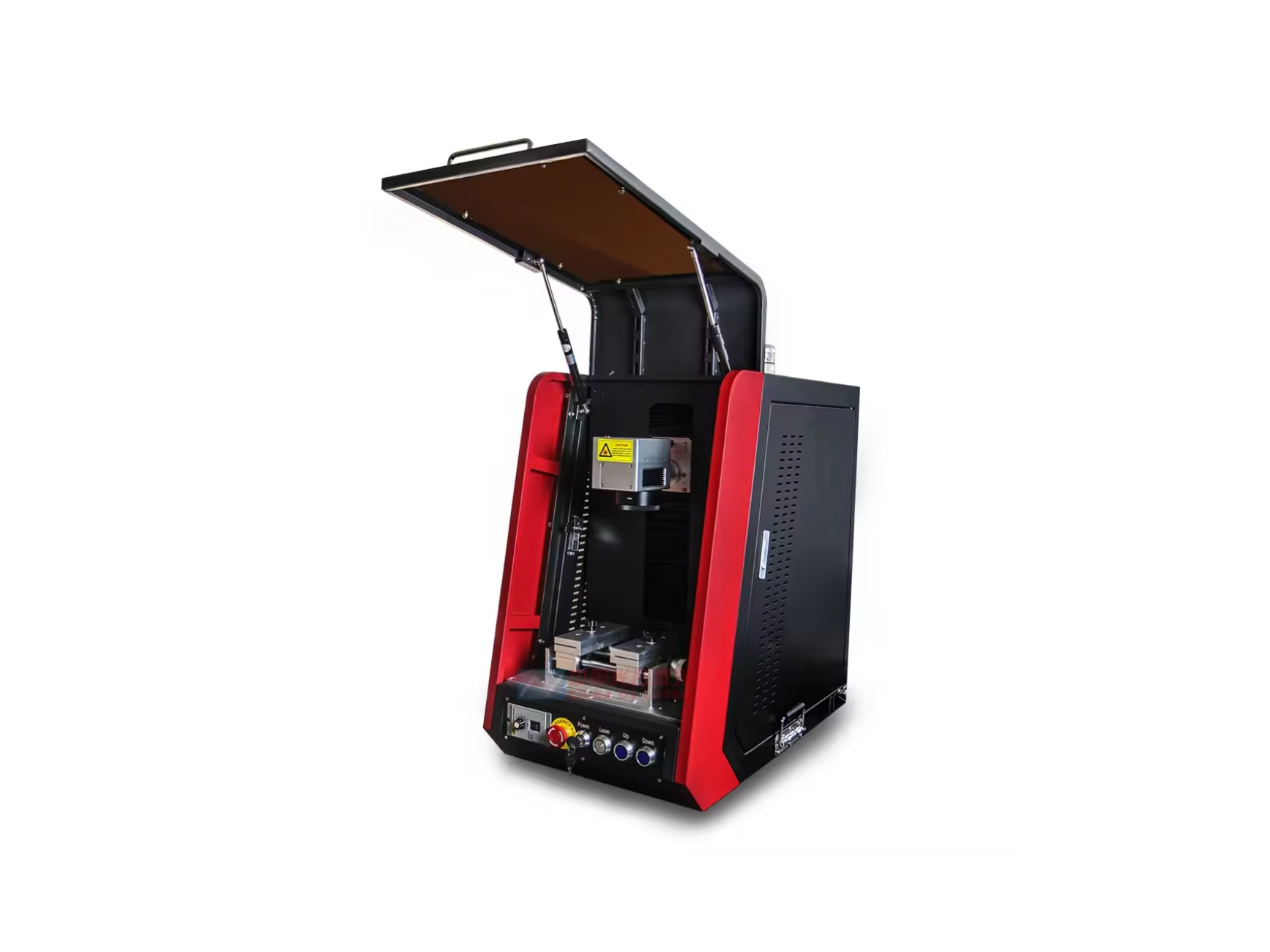
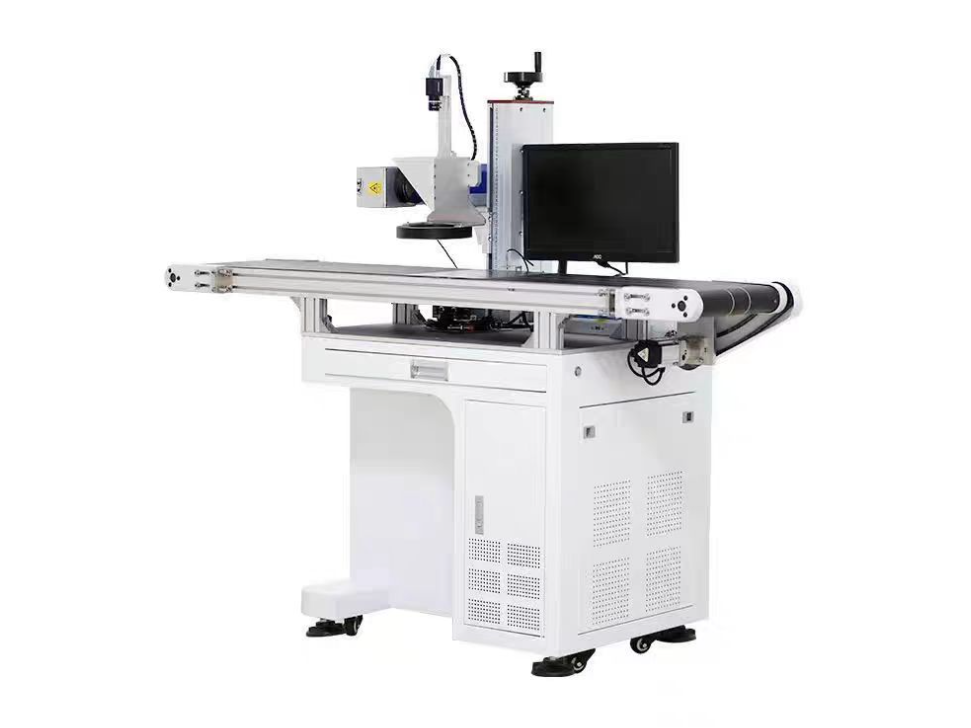
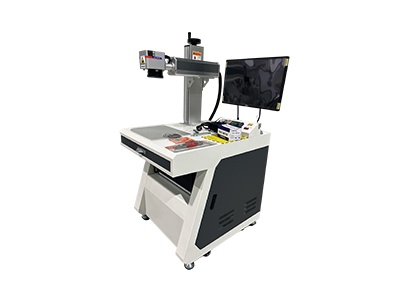
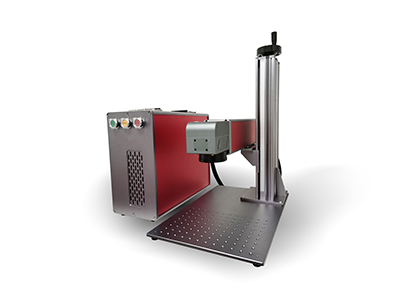
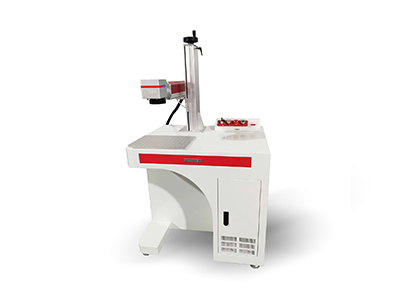
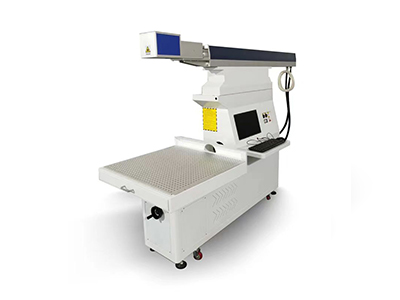
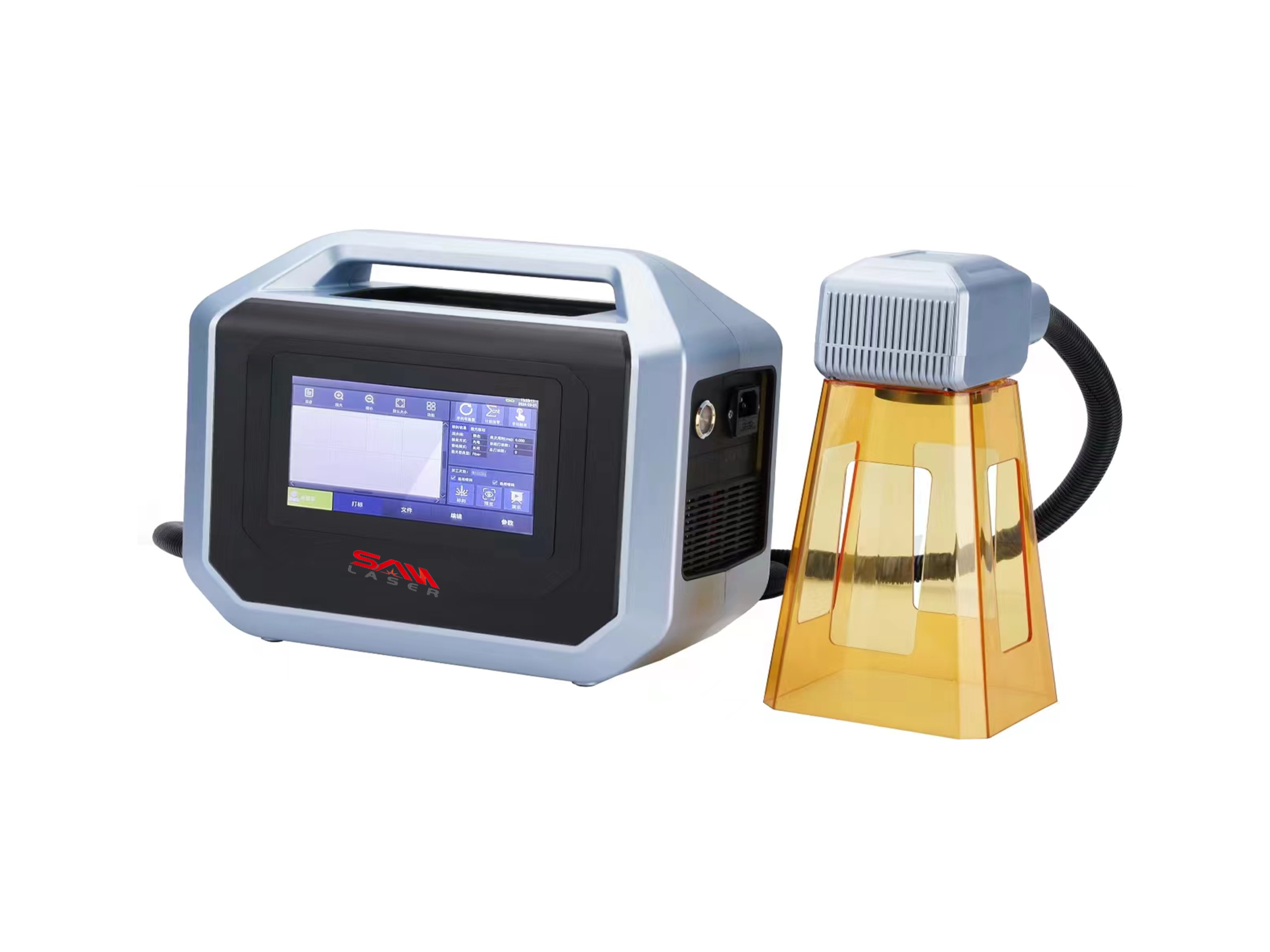
 Company News
Company News
